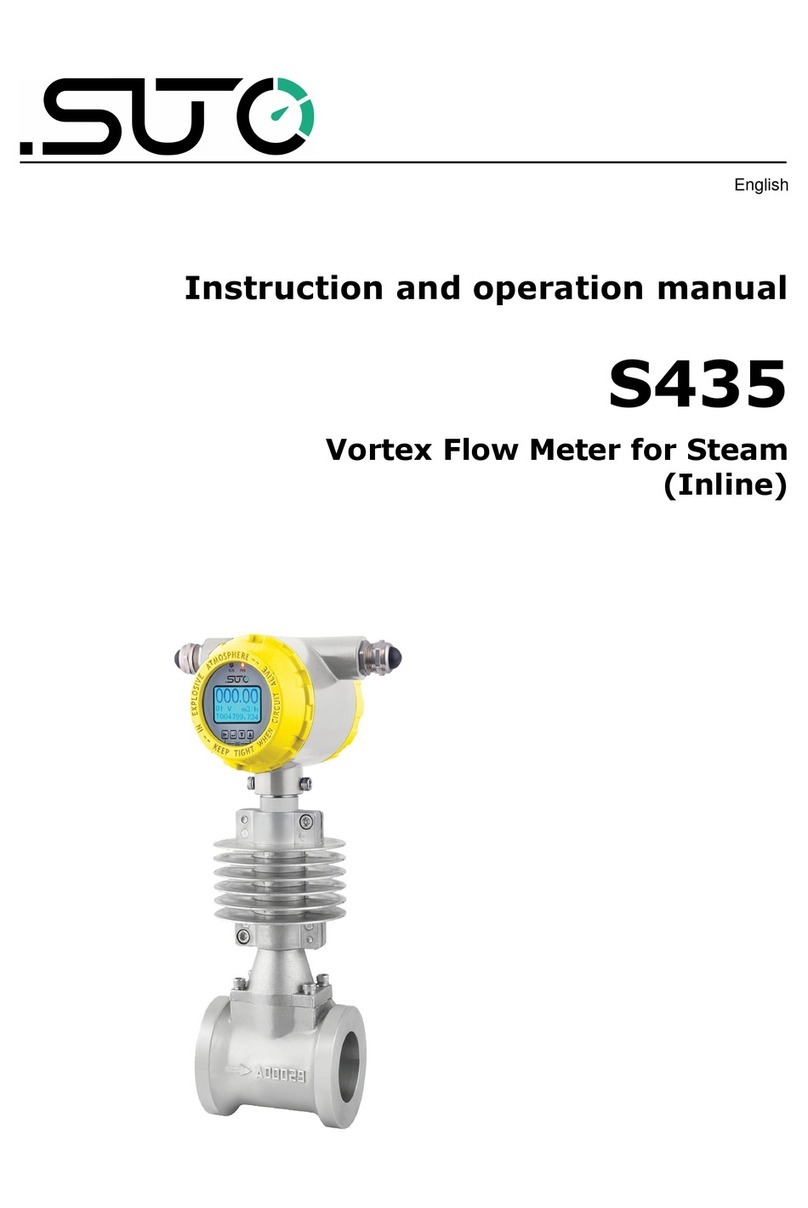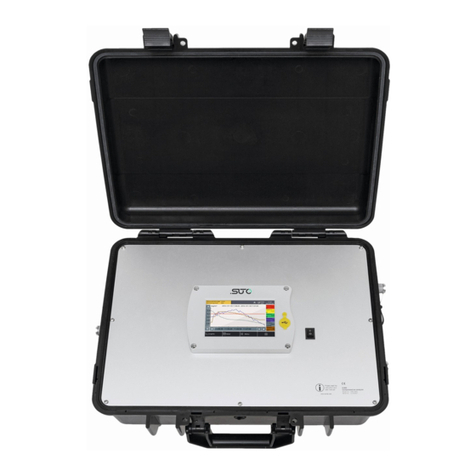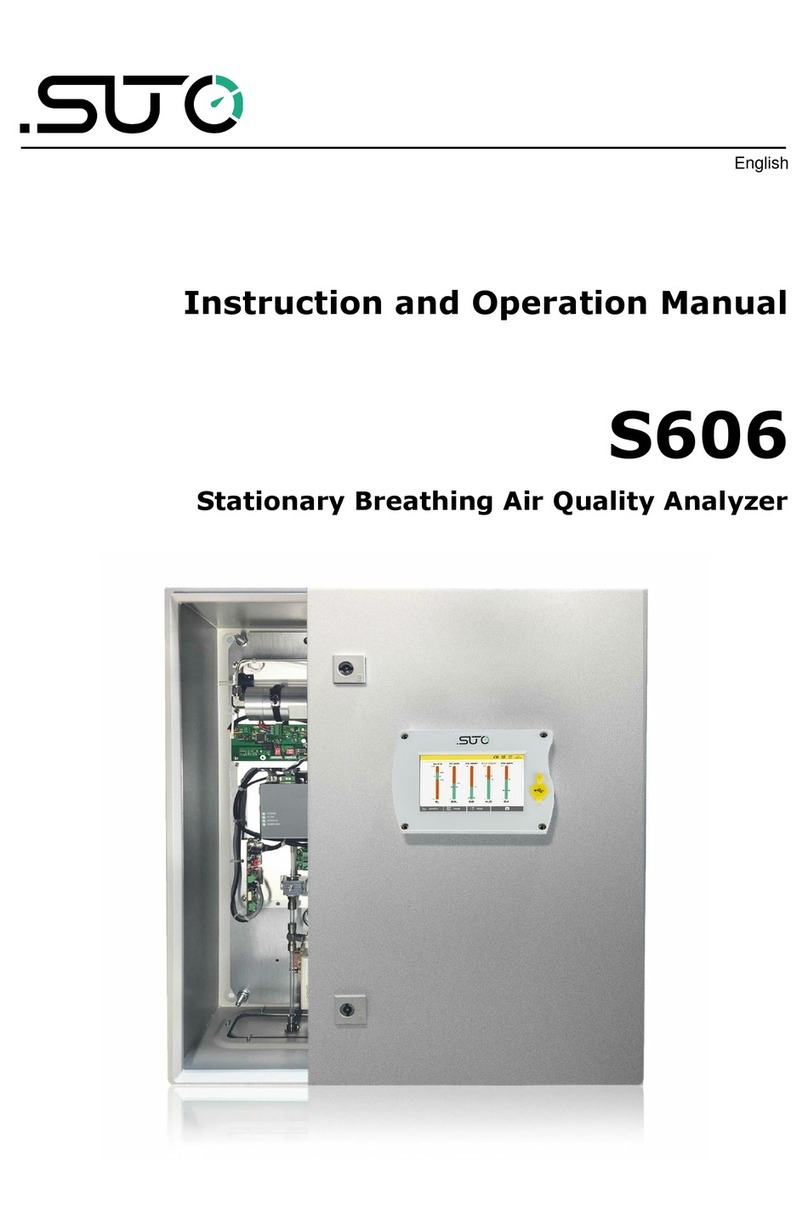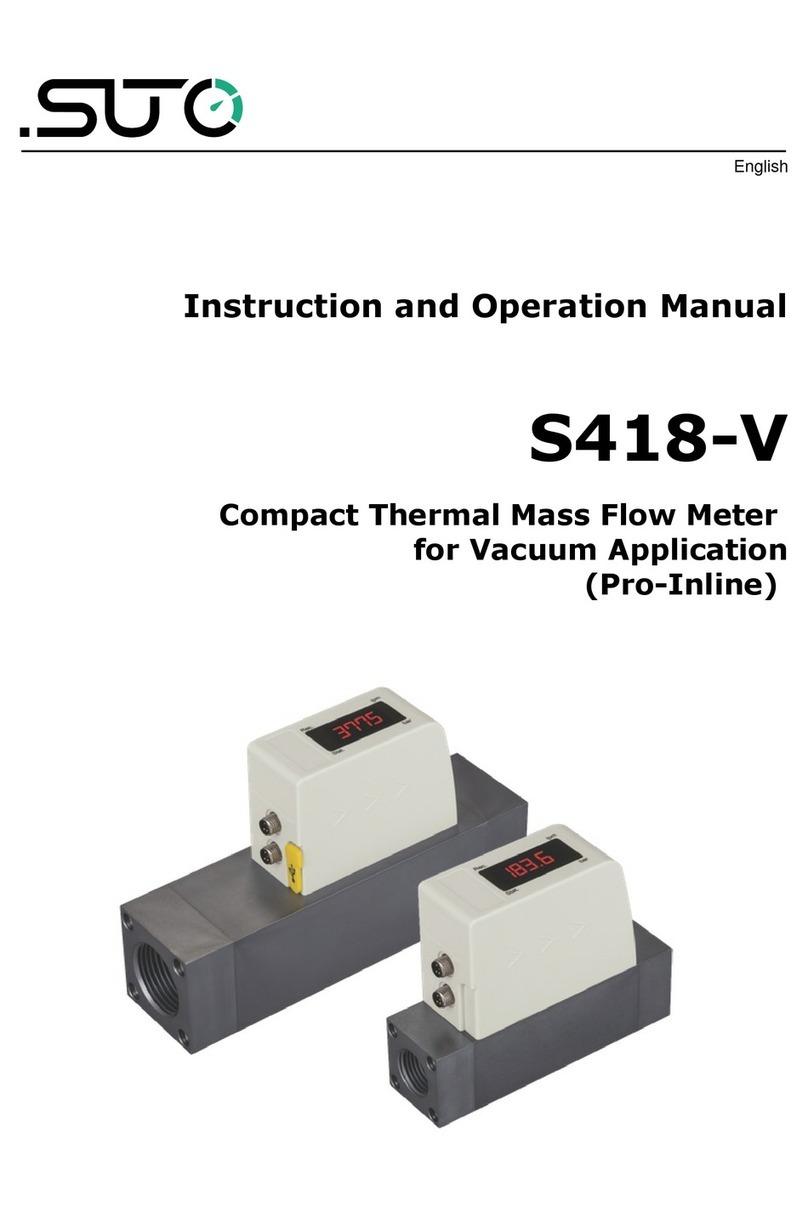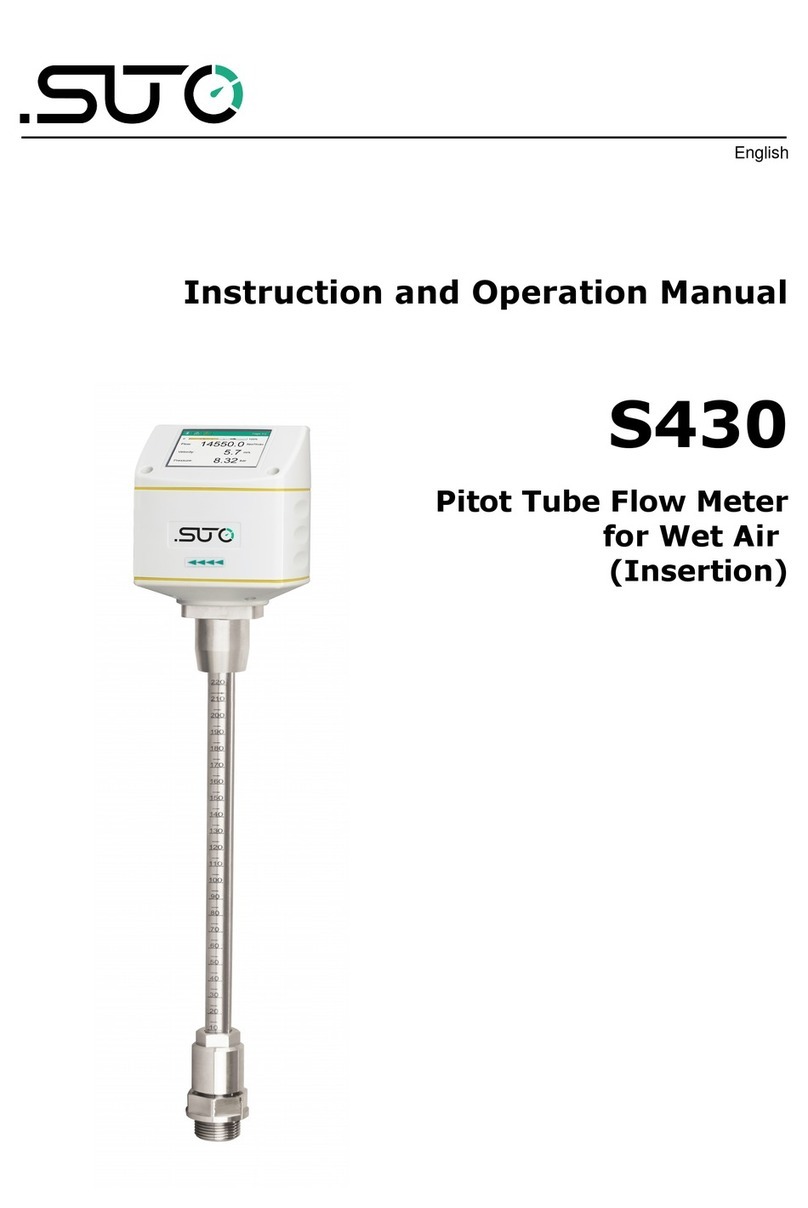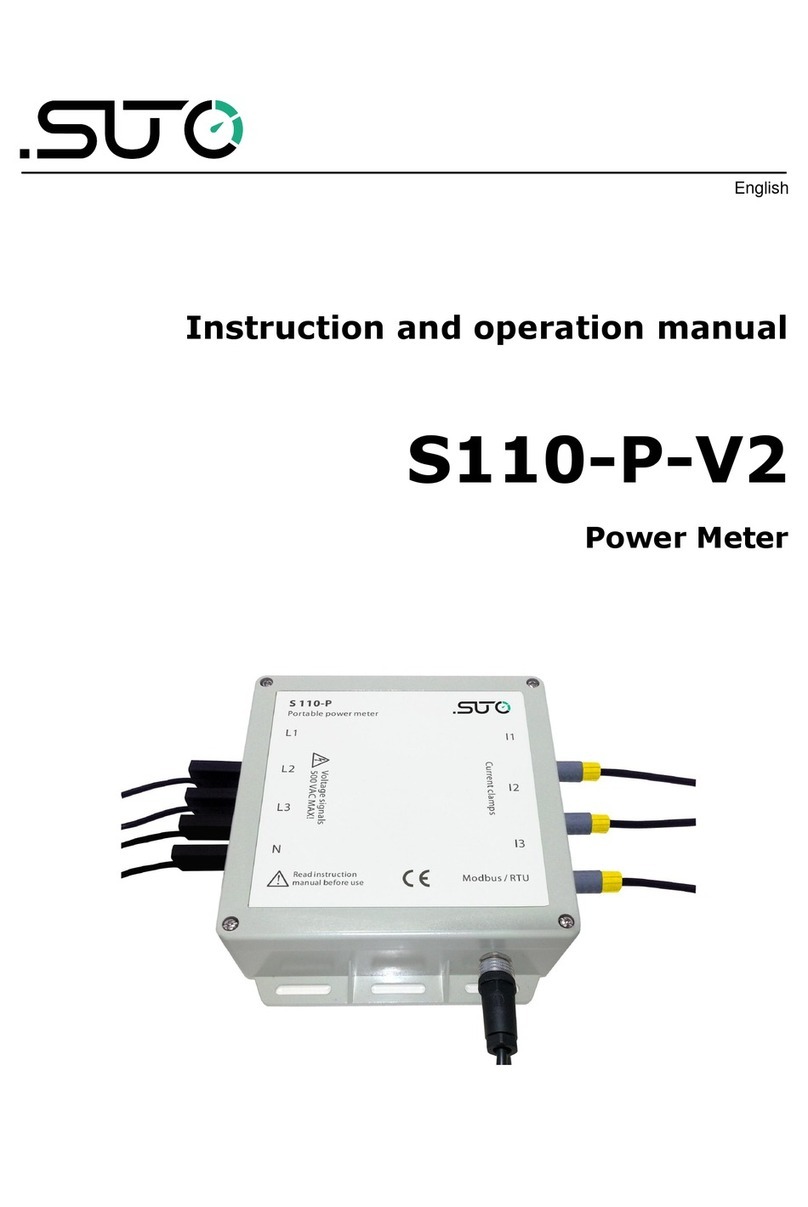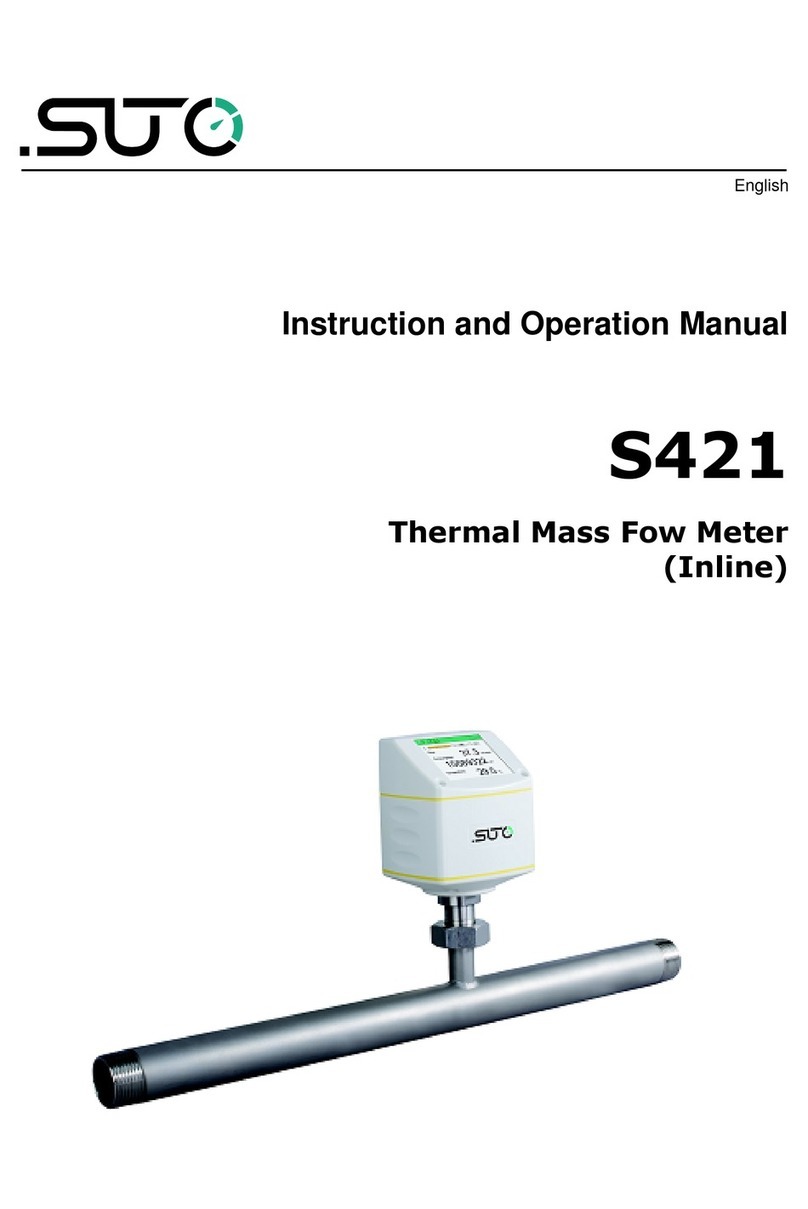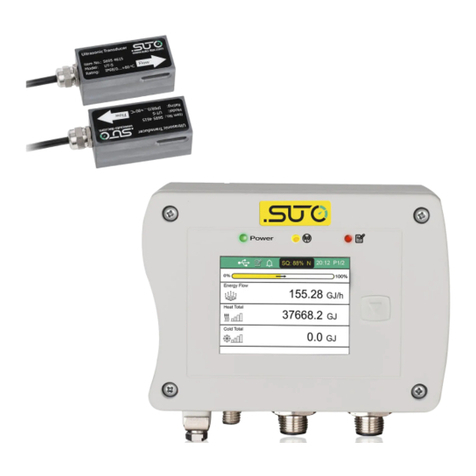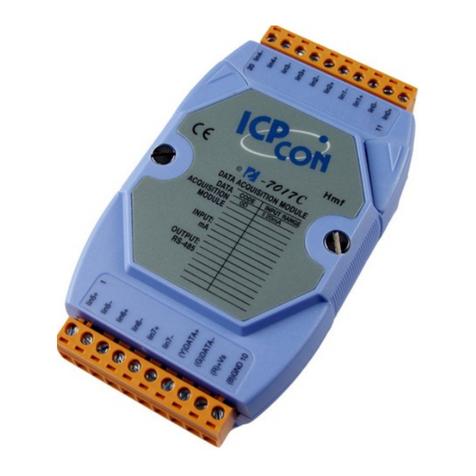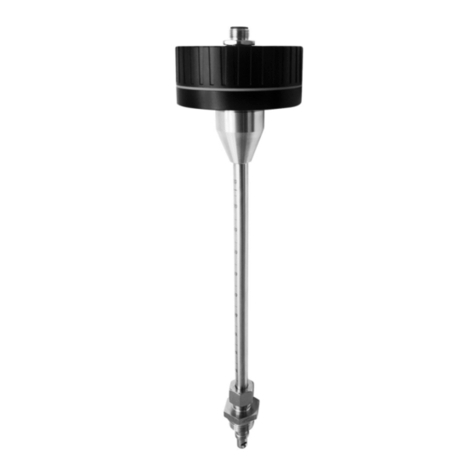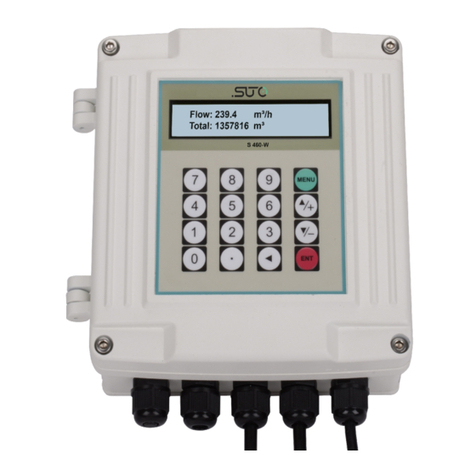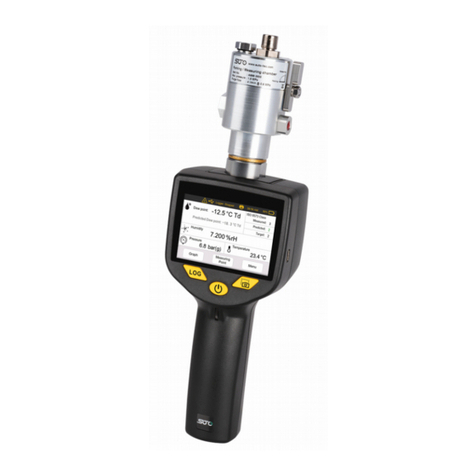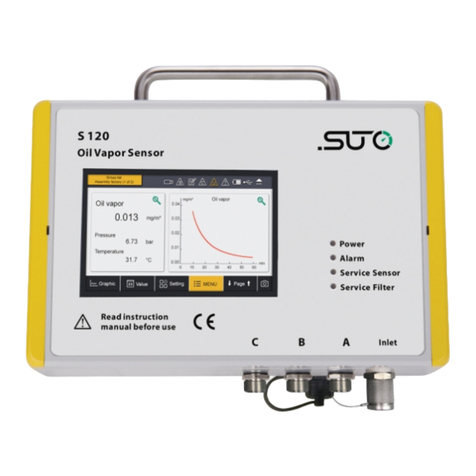Table of contents
1 Safety instructions......................................................................4
2 Registered trademarks.................................................................6
3 RF e posure information and statement.........................................7
4 Application.................................................................................8
5 Features....................................................................................8
6 Technical Data............................................................................9
6.1 General................................................................................9
6.2 Electrical Data.....................................................................10
6.3 Output-Signals....................................................................10
6.4 Accuracy ...........................................................................10
6.5 Volumetric flow ranges.........................................................10
7 Dimensional drawing.................................................................12
8 Determining the installation point................................................15
8.1 Adding the required inlet section...........................................15
9 Installation .............................................................................19
9.1 Installing the sensor............................................................19
9.2 Removing the sensor...........................................................20
9.3 Electrical connection ..........................................................21
9.3.1 M12 connection pins.......................................................21
9.3.2 Ethernet connection.......................................................23
10 Sensor signal outputs...............................................................25
10.1 Analog output...................................................................25
10.2 Pulse output......................................................................25
10.2.1 Pulse Connection Diagrams (A1410)...............................27
10.2.2 Pulse Connection Diagrams (A1413)...............................28
10.3 Modbus output..................................................................30
10.4 M-Bus output....................................................................31
11 Configuration..........................................................................32
11.1 Service app S4C-FS...........................................................32
11.2 Sensor display (optional)....................................................33
11.2.1 Start-up......................................................................34
11.2.2 Operations..................................................................35
11.2.3 Menu map...................................................................36
12 Calibration..............................................................................38
13 Maintenance...........................................................................38
14 Disposal or waste....................................................................38
15 Appendi A Modbus communication e ample...............................39
S421 3












